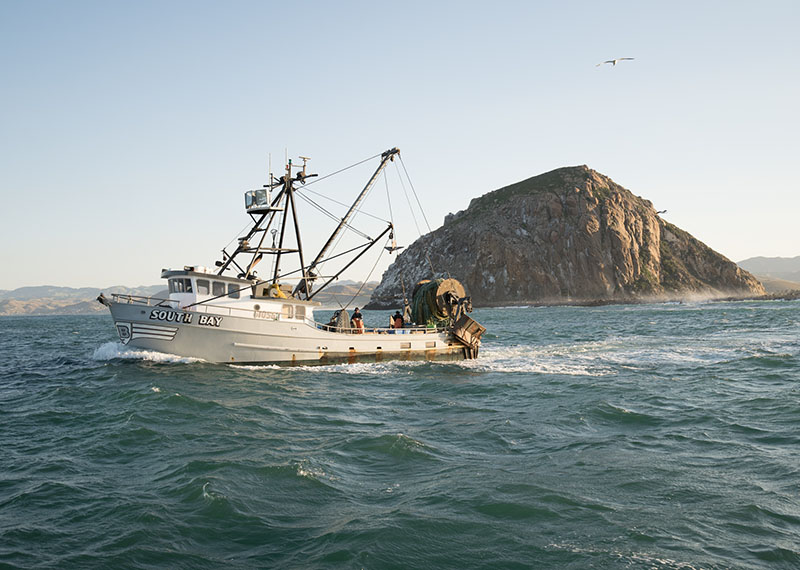A U.S. Senate subcommittee considering the reauthorization of the Magnuson-Stevens Act heard additional testimony Tuesday, with a University of Washington researcher telling lawmakers the U.S. is leaving money in the ocean.
Ray Hilborn, a professor at the university’s School of Aquatic and Fishery Sciences, noted that in many cases fisheries aren’t even bringing in half of the total allowable catch in some seasons. For example, in 2015, mixed bottom commercial fishermen caught $65 million worth of fish available in the West Coast. The total allowable catch had an estimated value around $168 million.
Hilborn said one of the main reasons why the catch was so low was because of limits put on bycatch. He added that the main threats to the American fish stock are more tied to pollution concerns, rather than overfishing.
“Overfishing remains a concern for a limited number of stocks but should not continue to be the most important concern for U.S. federal fisheries policy,” he said.
If the U.S. captured its maximum sustainable yield for all species, Hilborn said it could increase its total yield by 50 percent. In his written testimony, he acknowledged that is not achievable, nor is it possibly desirable. That said, it indicates the possibility for more food and jobs.
“If scientists were directed to calculate quotas that would maximize long-term catch, or jobs or profit, the science recommendations would be different from current science advice built around stopping overfishing,” he added.
Following his testimony, environmental activist group Greenpeace criticized Hilborn’s testimony.
“U.S. fisheries policy is far from perfect, but it has been important in curbing overfishing within our waters,” said John Hocevar, the campaign director for Greenpeace USA Oceans program. “We still have severe issues to address, such as bycatch of marine mammals and threatened species and habitat destruction from bottom trawl gear. This is no time to roll back the policies that are working for both the health of our oceans and for the livelihoods of responsible fishermen.”
This story originally appeared on SeafoodSource.com and is republished here with permission.







